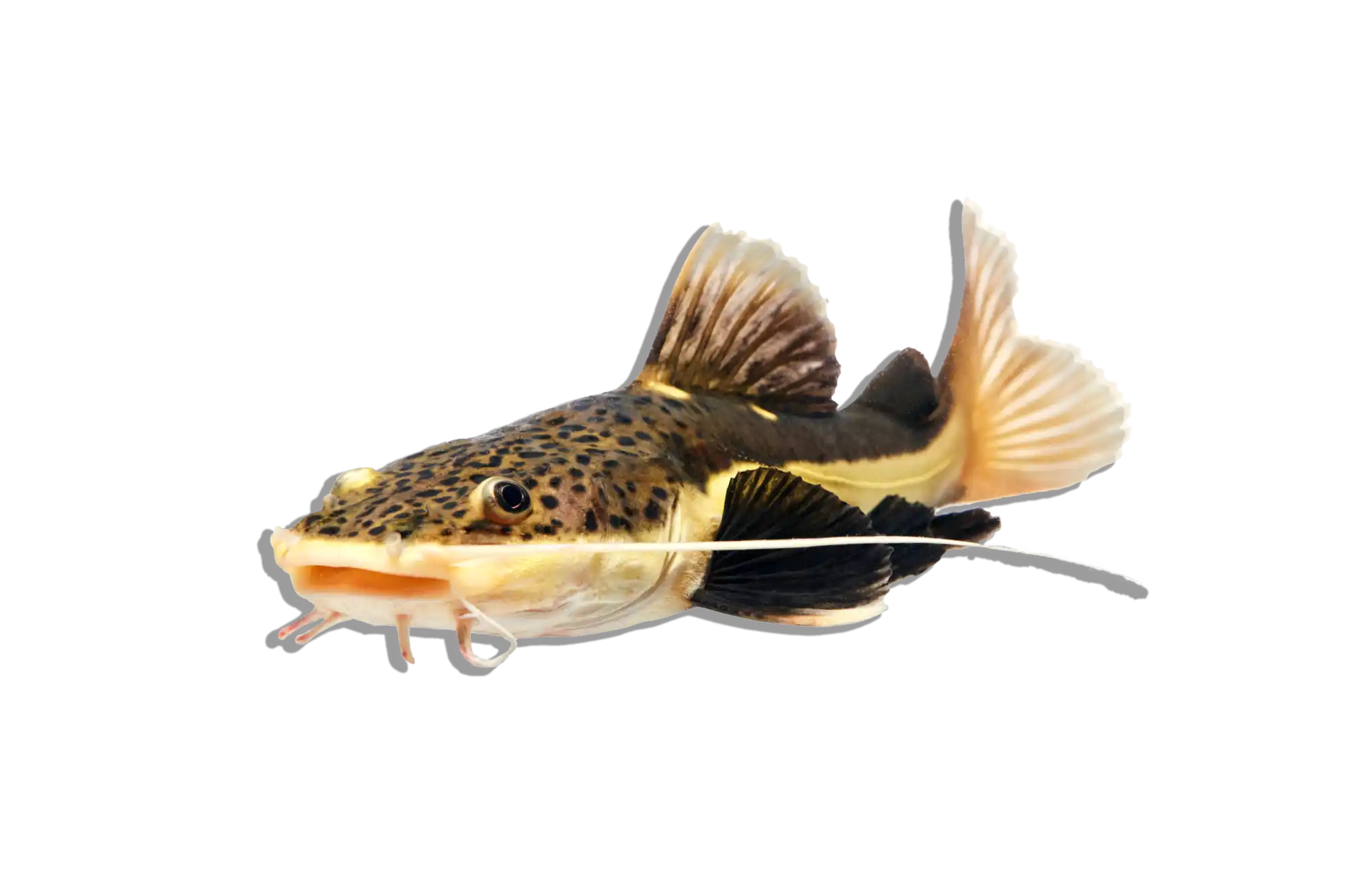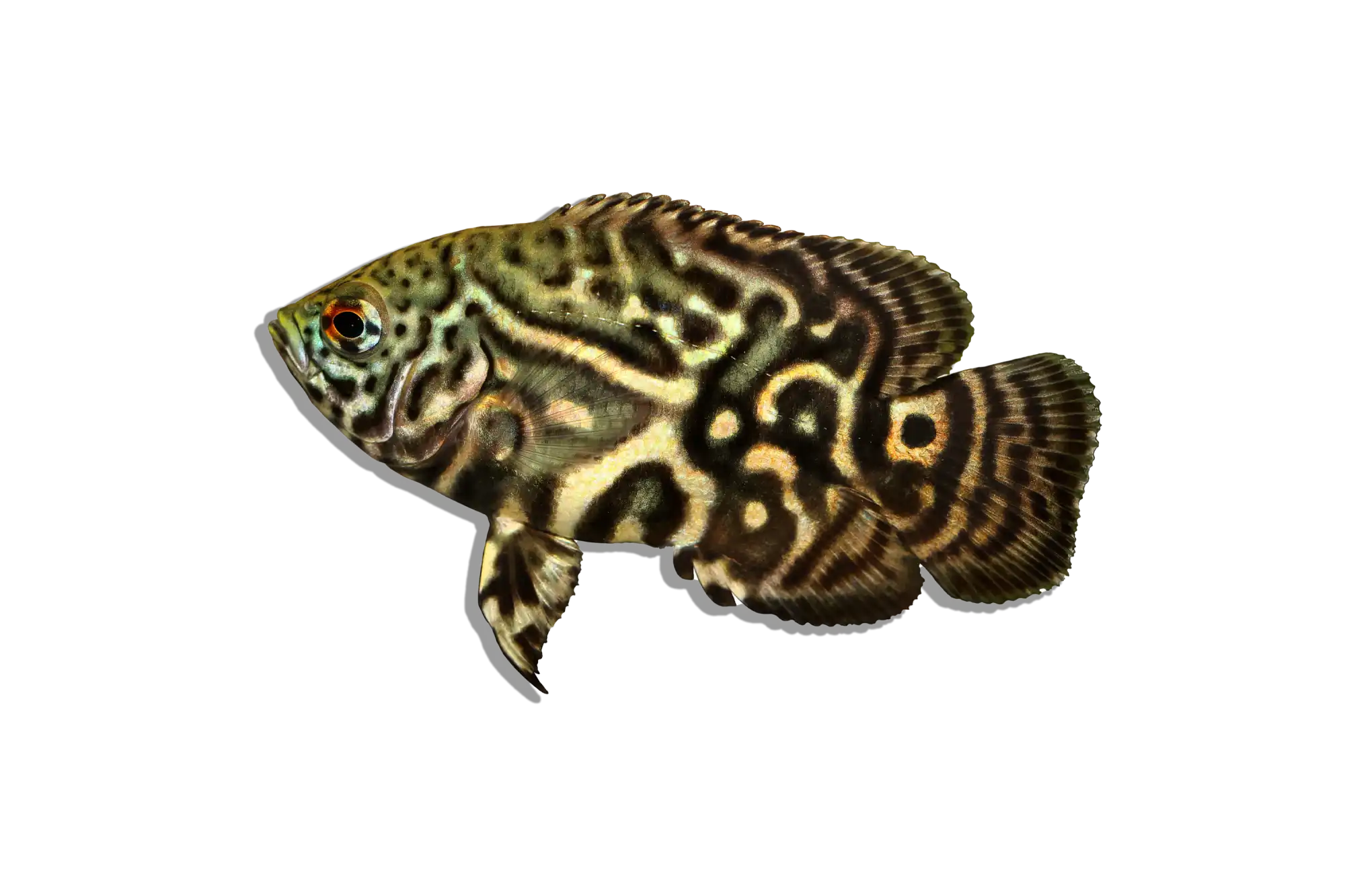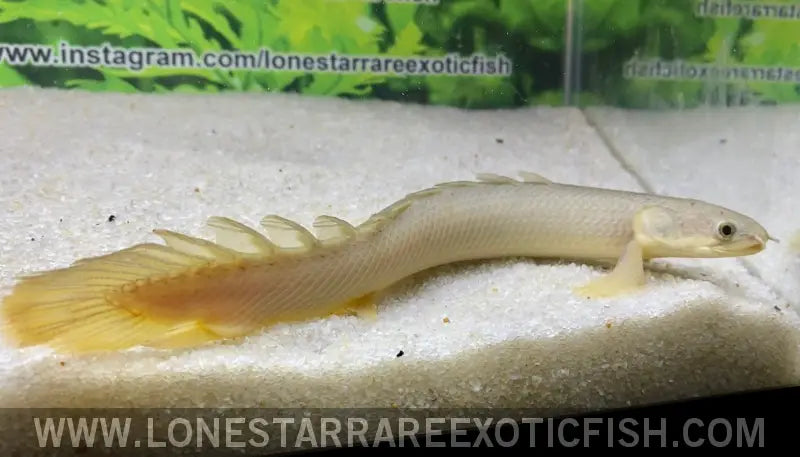Description
The Senegal Bichir is an old acquaintance amongst those who admire primitive fish. Widely distributed around Africa, this species has been on the planet since the time of the dinosaurs, presenting practically all the characteristics of primitive fish.
These particular Senegal Bichirs are wild caught specimens from Lake Chad in Africa.
They are incredibly peaceful and easy to care for, assuming none of their tank mates can fit in their mouth, making them a fantastic fish for those who want to start keeping primitive or monster fish without having a fish that will get too large. Senegal Bichirs are extremely resilient and hardy predators, which can be easily maintained with other similar-sized or larger fish.
With a Jurassic appearance, their back fins form a serration that resembles a dinosaur crest. Its cylindrical body is elongated and robust, with olive green ganoid scales, with a white ventral part, without spots. The tail ends in a point. They have lungs for breathing atmospheric air and long, flat fins, which these fish use to get around in muddy environments and even change between different pools of water.
When young they have the same characteristics as adults, but some specimens may have three dark longitudinal stripes on the flanks, which disappear as the fish grows. Juveniles also have an amphibious life habit, which is lost as the fish becomes an adult.
To keep them in optimal conditions, the length of the aquarium is more important than the depth. It is important to point out that the substrate must be sandy and soft, as the tank should have driftwood and rocks forming refuges. Gravel should never be used as the substrate for bichirs as they are known to accidentally swallow pieces while eating, which can potentially result in their death. Always keep the aquarium completely covered, as Senegal Bichir are great jumpers, in addition to being an expert species in escaping the aquarium.
Senegal Bichirs are a captivating and very interesting species to observe. They are one of the most out-going and active species of bichir, especially when kept in a group where they will almost constantly display amusing and playful behaviors. A living fossil that is a cool addition to many types of aquarium setups.
Scientific name: Polypterus senegalus
Common name: Gray Bichir, Senegal Bichir
Order: Polypteriformes — Family: Polypteridae
Distribution: Africa: Nile basin and West Africa including Senegal, Gambia, Niger, Volta and Lake Chad basins. Widespread, occurring in at least 26 African countries, including Benin, Cameroon, Gambia, Ghana, Guinea, Guinea Bissau, Kenya, Niger, Nigeria, Senegal, Sudan, Zambia, among others.
Behavior: Peaceful
Adult Size: 10-14”
Life Expectancy: 20+ years
pH: 6.0 to 8.0
Temperature: 75 to 86 F
Minimum size tank: 75 Gallons
Feeding: Carnivore
Reproduction: Oviparous. They lay eggs on plants or substrate. Mating begins with a series of jumps from the surface, usually just one at a time, followed by a slow descent through the water. After a while the male will get very close to the female and sometimes the female will remain motionless in the water when the male will come up to her from behind and push her with sideways head movements. The male's anal fin, normally enlarged and swollen, is bent into a concave shape and used to "shave" the female. Eggs are laid a little at a time along thick vegetation and fertilized by the male afterwards. They spawn during the rainy season, one seasonal peak per year. Parents do not care for the offspring and apparently do not practice cannibalism; juveniles practice cannibalism among their siblings.
Sexual Dimorphism: The male has a much thicker and wider anal fin than the female. This feature becomes more apparent as the fish mature.
Additional Information: The most active of the genus, quite resistant and nocturnal, although it is common to see it swimming during the day in search of food. In captivity, their longevity can exceed 30 years, being quite common in the aquarium trade. It has nocturnal habits, very poor vision, but has an excellent sense of smell to locate food. Fossils of earlier relatives have been found and date back to the Triassic period, which occurred during the early development of dinosaurs over 200 million years ago.






















